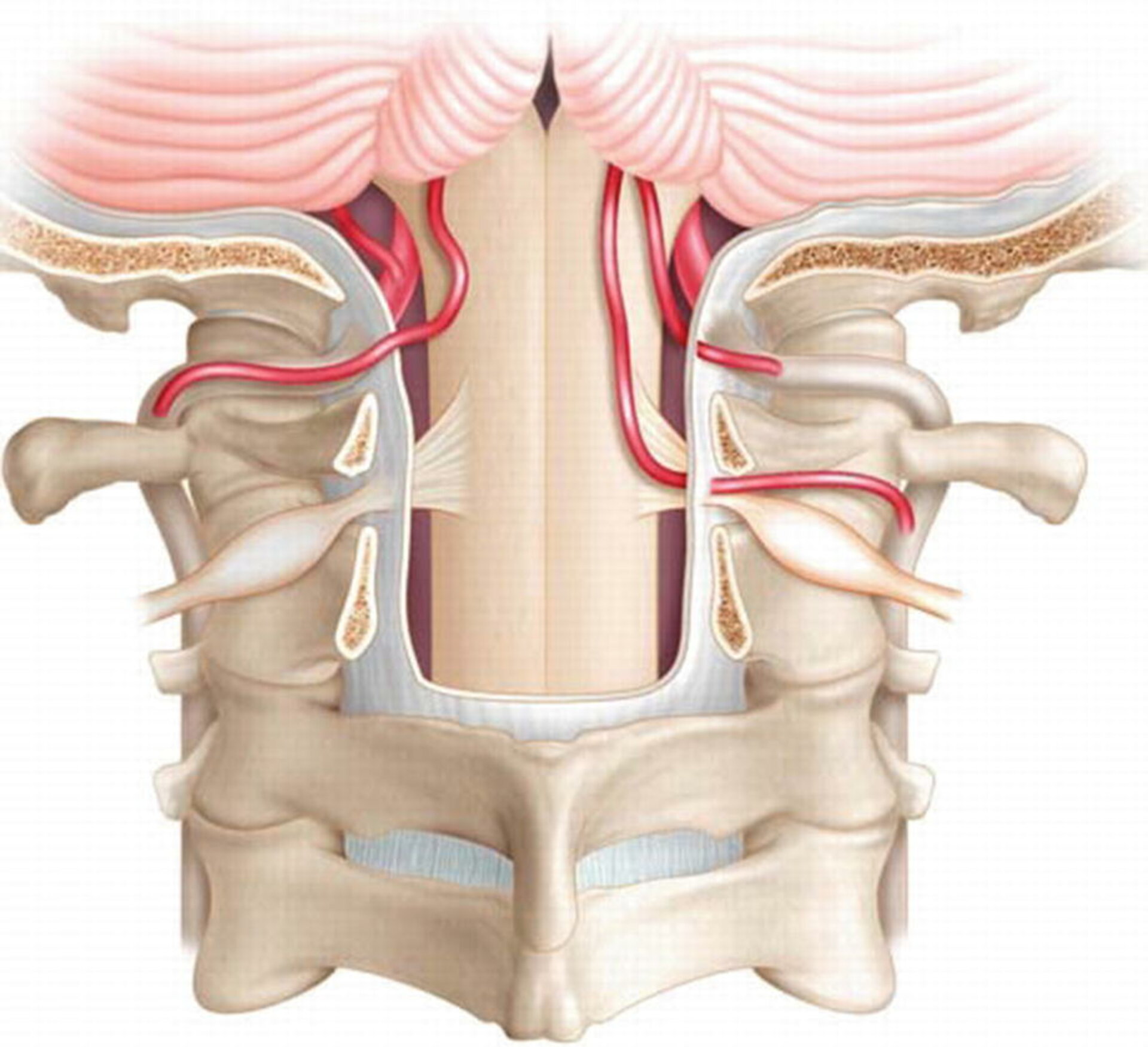CV Junction Surgery - Dr. Palak Jaiswal
The craniovertebral junction (CVJ) is composed of the occiput, the foramen magnum, and the first two cervical vertebrae, encompassing the medulla oblongata and the upper cervical spinal cord. Anomalies of the CVJ may be congenital or acquired.

CVJ anomalies that decrease the volume of the posterior cranial fossa (e.g., platybasia) cause Chiari malformations, while erosion of the cervical vertebrae causes basilar invagination (cranial migration of the odontoid process), and anomalous fusion of the cervical vertebrae causes Klippel-Feil syndrome.
Clinical features of CVJ anomalies are due to compression of the brain stem and the spinal cord and may include recurrent occipital headaches, neck aches, bulbar palsy, and upper and lower motor neuron palsy.
CVJ anomalies can also obstruct the flow of CSF, resulting in syringomyelia and/or hydrocephalus. Diagnostics include neck x-ray and CT/MRI of the head and neck. Surgery is often indicated to prevent or treat neurological symptoms.
Read More-
Neuroendoscopy surgery- Dr. Palak Jaiswal
Skull Base Surgery - Dr. Palak Jaiswal